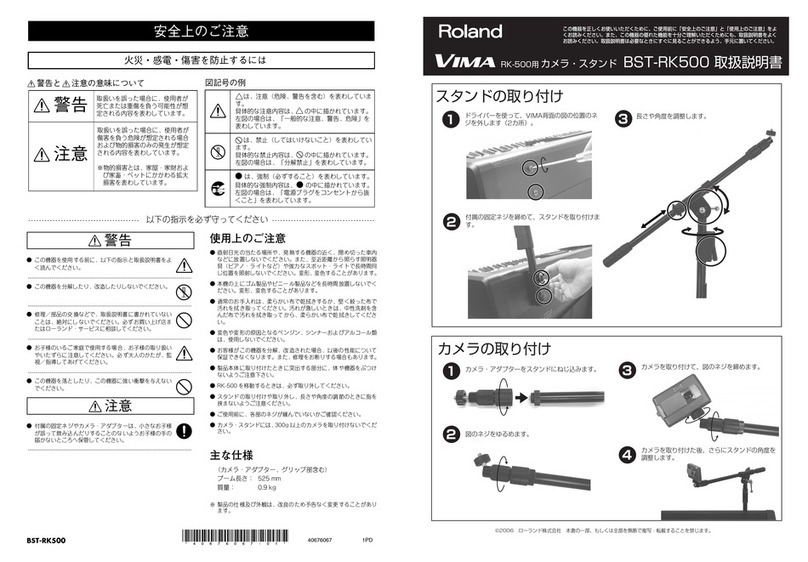-
-
TABLE
Of
CONTENTS
-Title Page
-
I.
PRINCIPLES
Of
SHUTTER
OPERATION. 1
A.
Mechanical
Operatlon..
. • 1
B.
Electrical Action.
..
•.
. 3
II. OIFFERENCES
BETWEEN
MODELS. 9
-A.
Similarities,
. . . . . 9
B.
Differences........
9
C. Color Coding . .
.•
..
9
1. Control Shutter Speed • 9
2. Component Identification. 10
D.
Shutter Aperture Operation •
10
1.
Shutter Model
384.
. . .
11
-a. Aperture Wheel Operation
It
b.
Scone
Sele<:tor •
11
III.
ELECTRONIC
MODULES.. .
13
-
A.
Module Oporation . . • . .
13
S. Module CI.a$$ific3tion. • . •
13
1, Electronic Module Type t . 13
2. Electronic MOdule Type
2.
16
3, Electronic Module Type
3.
18
4. Electronic Module Type
4.
21
5.
Electronic
MOdule
Type
5.
24
6, Electronic Module Tvpe
6,
25
-1. Electronic Module
Type
7.
26
B.
Electronic Module Type
8.
29
9. Electronic Module Type 9
.•
29
10. Electronic Module Type
10
. 30
11. Electronic Madute Type
11
•
31
12. Electronic Module Type 12 . 32
13. Electronic Module Type
13
• 35
14. Electronic Module Type
14
• 37
-15. Electronic Module Type
15
.
39
t6.
Electronic Module Type 16 •
40
IV.
TROUBLESHOOTING
AND
REPAIR
41
A.
Testing..
...
..
41
1. Resistors and Capacitors
•.•
41
a.
ResistorS..
......
. 41
b,
Capacito~
. . • • . . . , . . 41
2. Replacing Resistors and Capacitors .
41
3. Transistors . . . . . •
41
4.
lotegtated Circuits (I.e.) • 42
B.
Interchanging MOdules . . . • . . .
42
C. Parts Information . . . . .
••
• 47
1.
Part.
In
Stock.
..
.....
47
2. Pamand Assemblies
No
longer
Stocked
47




























